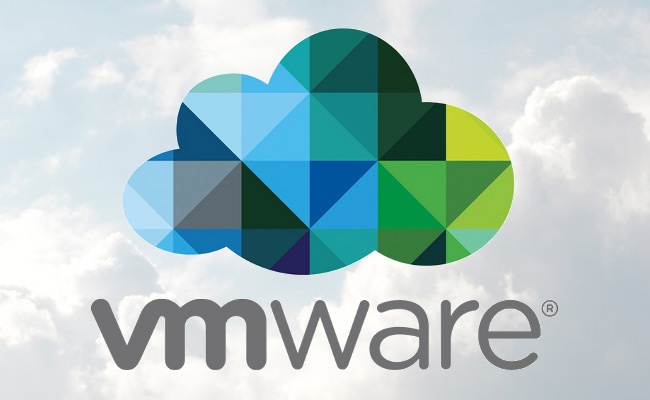What Is The Difference Between Vmware Vsphere And Esxi And Vcenter?
In This Article, We Will Not Go Into Technical And In-Depth Discussions About VMware and Will Focus Only On VMware terms.
This article’s target audience is people who are not familiar with VMware fixes and sometimes use these words interchangeably, such as ESXi and VSphere.
Therefore, we have tried to provide you with a brief explanation of each of the terms mentioned in the headline in this article.
Almost Everyone Is Familiar With ESXI, But What About Vsphere And Vcenter?
These two words are often vague and confusing and are a question mark for people, but in fact, there are simple answers for them that will be fully explained below.
2001 VMware ESX (formerly VMware ESX Server) launched the Virtual Revolution. Today, VMware is a pioneer in data center virtualization. A full version of the new version is released every year and a half, with new features and compatibility with new hardware such as NVMe SSDs, high-capacity hard drives, the latest Intel processors, or AMD-guaranteed.
What is VMware ESXi?
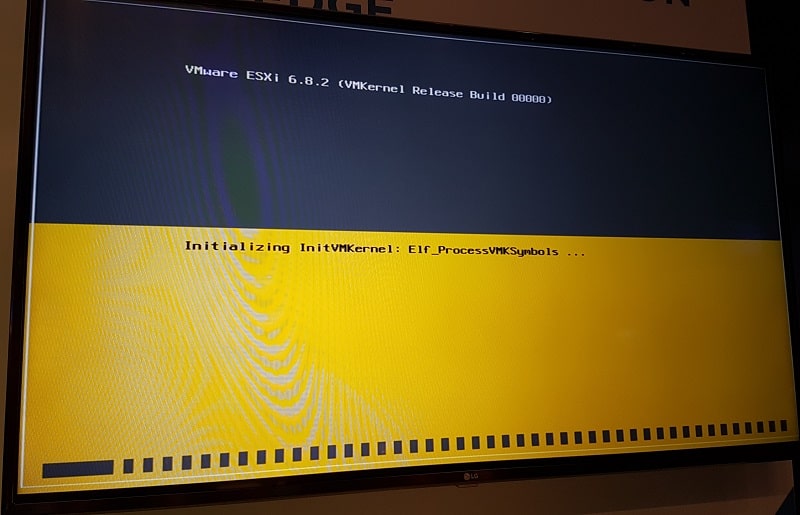
What is VMware ESXi? | The difference between VMware vSphere and ESXi and vCenter
ESXi is a hypervisor; ESXi is a piece of software (minimal) that is installed on a physical server (host) and allows several different operating systems to run side by side (side-by-side).
These systems are entirely separate but can communicate with other parts of the world through Lan through a network. Operating systems running on virtual machines (VMs) will have virtual hardware (CPU, memory, disk).
VMware ESXi has two versions: free and available for purchase. The free version is somewhat limited, one in terms of scale and the other in that it cannot be managed through the vCenter central management server.
However, Free ESXi (VMware ESXi Hypervisor) can connect to a Storage (where VMs are created, stored, and executed).
This means this storage can share multiple ESXi hosts, but note that it can not share various VMs, so VMs belonging to each ESXi have no central management in the free version. It Will not exist.
Given the above, it is evident that using the free version will only be for testing and training.
With the snapshots feature, you can have an Image of the current VM status; the Snapshot contains all the settings and current VM status information. For example, you are planning to launch one of Microsoft’s excellent services for the first time. Still, you are worried about possible problems on your network platform! Using this feature, you can quickly restore the server to a stable state before installation if a situation occurs in the network after launching the service.
Note that Snapshot will not be a backup or allow you to use it as a standalone VM. However, the Clone feature is a new VM created from its Parent and can be used as a second, independent VM.
What is VMware vCenter?
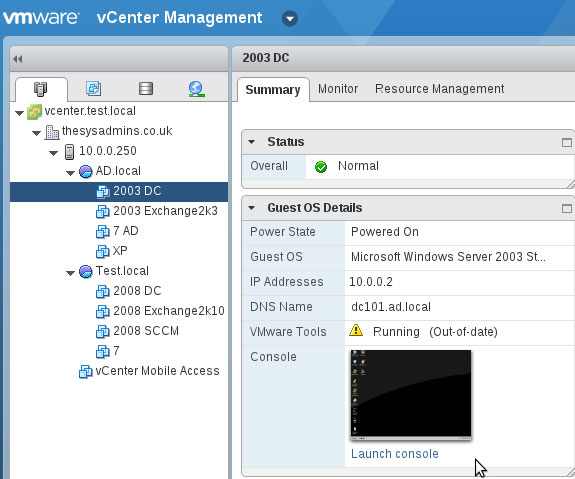
What is VMware vCenter? | The difference between VMware vSphere and ESXi and vCenter
The VMware vCenter server is a central software (VM) that allows you to centrally manage the entire infrastructure.
In vCenter, you can do almost anything through a standalone console. The vCenter Server can be installed on Windows, which works for small organizations, but can be used as a preset virtual appliance VM (VCSA) for vast enterprise environments.
This version is a pre-configured Linux-ready VM based on the OpenSUSE Linux operating system that must be developed on ESXi. The nature of a Linux-based system is large, powerful, and very fast to boot.
The vCenter server is part of the software license. There are two options for purchasing a vCenter server:
- vCenter Server Essentials: This is part of vSphere Essentials and the Essentials Plus bundle. This server version is also called vCenter Server Essentials, and it is suitable for managing up to 3 hosts, each with two physical CPUs. This license is ideal for small organizations, as you can efficiently work with about 60 VMs.
- Standalone vCenter Server: With this license, the vCenter server will provide all the features to manage 20,000 and up to 25,000 hosts on VMs. Note that vCenter itself is only part of the licensing puzzle. Relevant licenses must be purchased for central management for each ESXi host.
Licenses are divided into three categories: Standard, Enterprise, and Enterprise Plus (each with a specified number of CPUs).
What is VMware vSphere?
VMware vSphere is a brand for the entire VMware Suite. So, Vsphere is not software that can be installed but a set of software packages that include server virtualization software.
As mentioned, different licenses are offered depending on the customer’s needs. The following is a snapshot of VMware vSphere after connecting to the vCenter server.
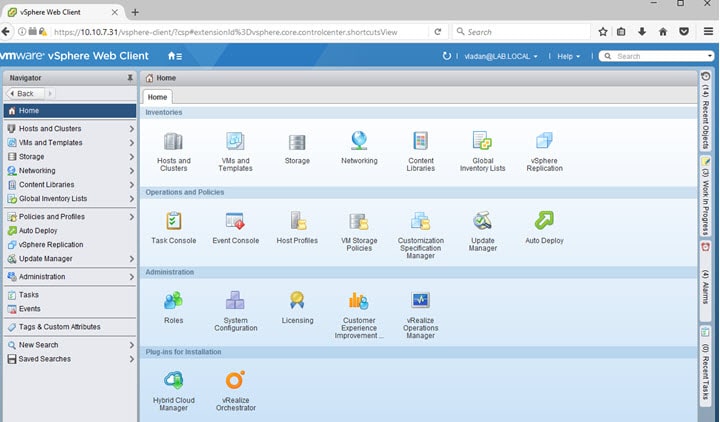
What is VMware vSphere? | The difference between VMware vSphere and ESXi and vCenter
The differences between the Essentials and Essentials PLUS licenses are shown in the image below.
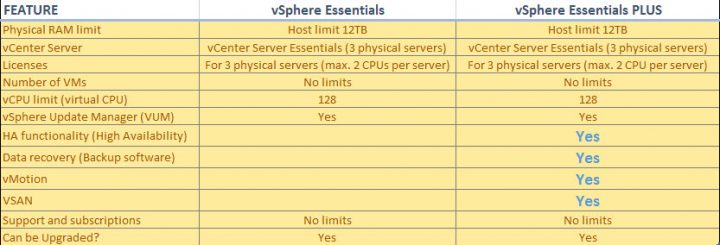
Differences Between Essentials and Essentials PLUS License The difference between VMware vSphere and ESXi and vCenter
Essentials are suitable for small organizations where availability does not matter, and in case of problems, their clients can continue to work offline.
On the other hand, the possibility of VMs migrating to another host or patching without interruption is considered an advantage that can be done during the organization’s business hours, and clients can continue to work.
With the Essentials PLUS license, if there is an unwanted hardware problem (vSphere High Availability), the troubled VMs can be automatically restarted on other hosts that are part of the VMware cluster. When a problem occurs (small downtime), the system detects which host is down and which can restart the failed VMs.
Of course, these hosts must have the necessary CPU capacity; when this decision is made, the VMs will boot. All these steps will be done automatically without the administrator’s intervention.
